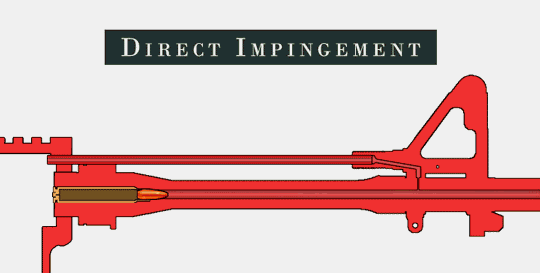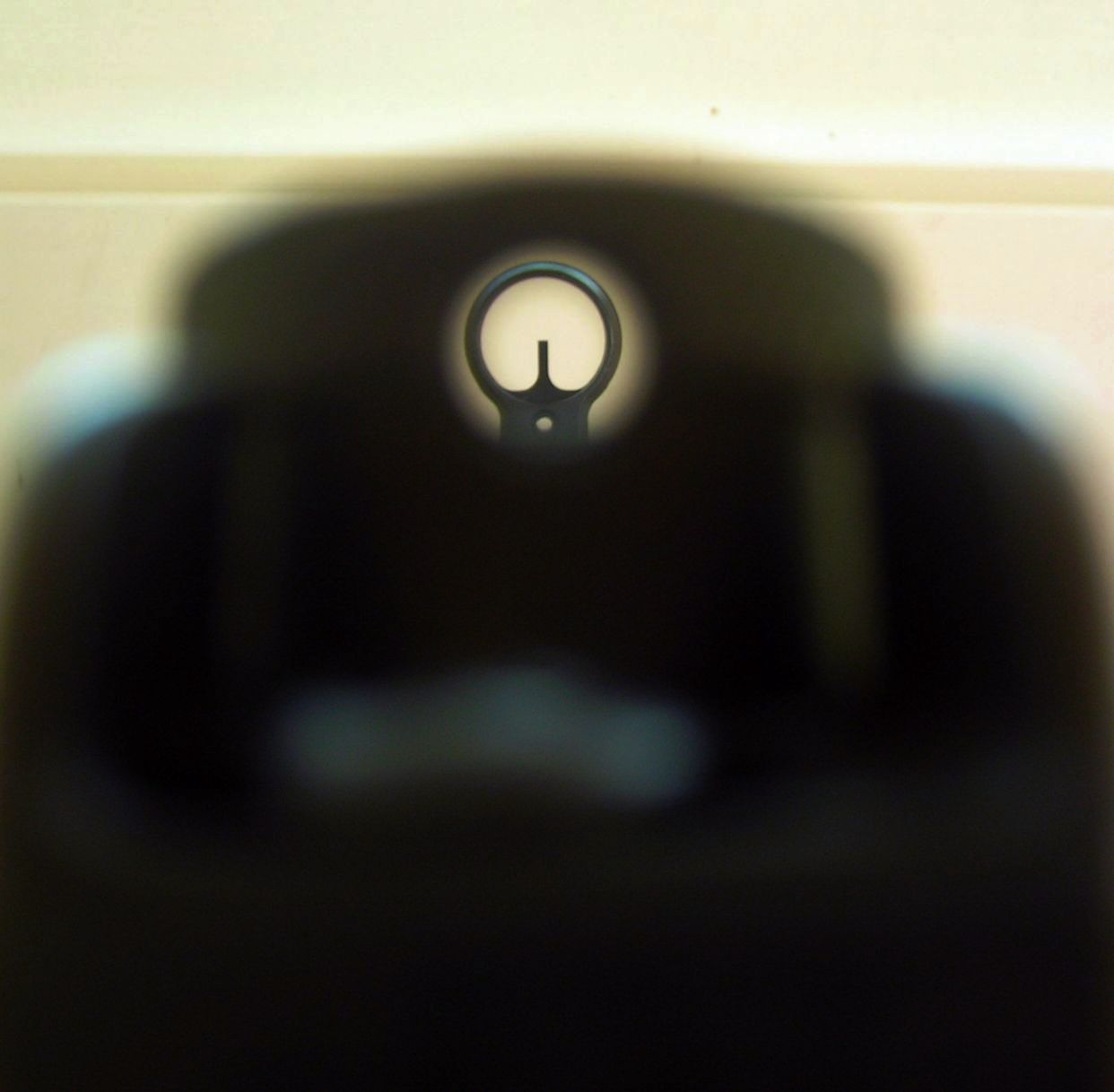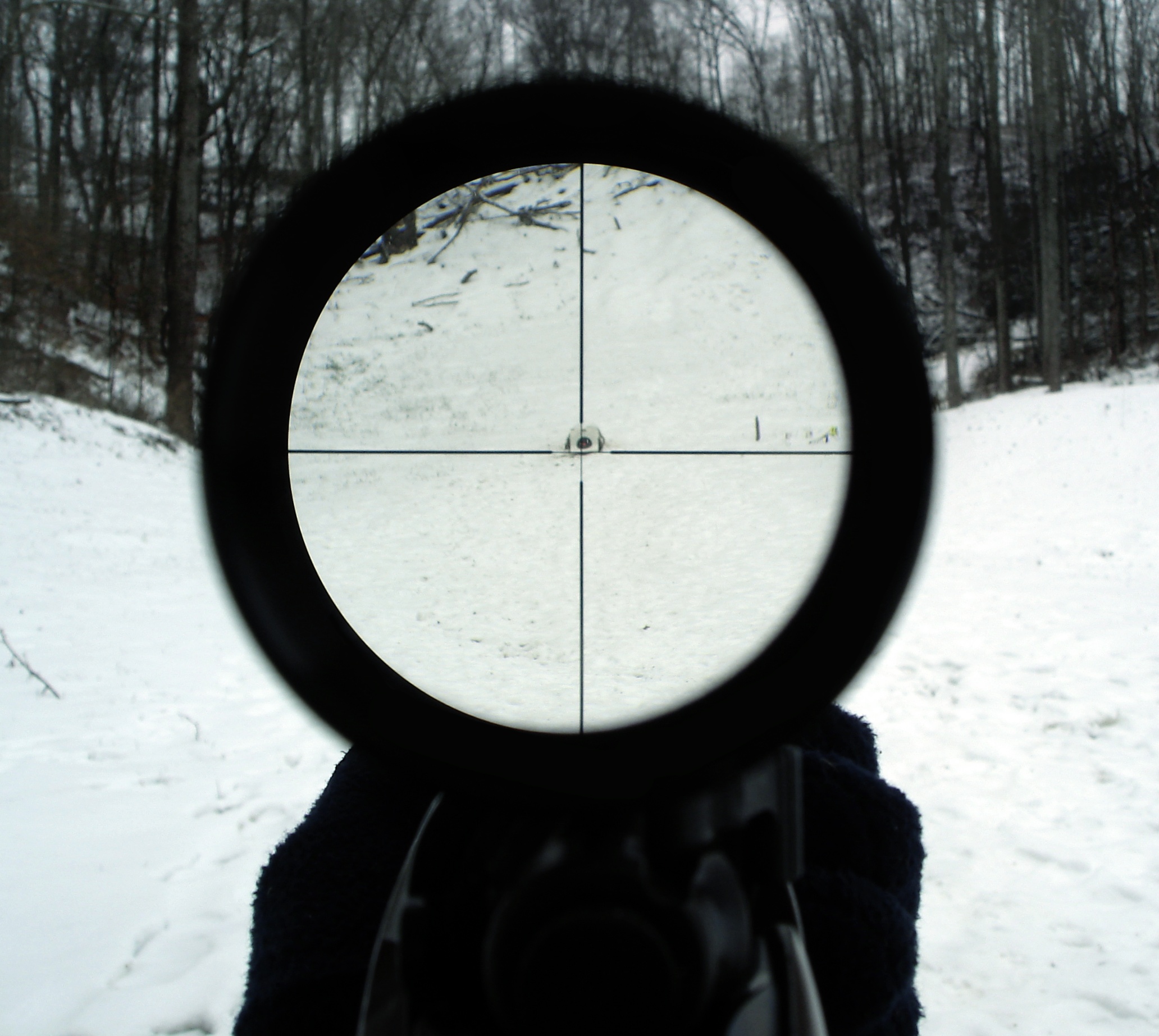|
WASR Series Rifles
Wassenaar Arrangement Semi-automatic Rifles (commonly referred to as WASR-series rifles) are a line of Romanian-designed gas-operated semi-automatic rifles sold in the United States by Century International Arms. Namesake The WASR series takes its name from the 1996 Wassenaar Arrangement, a multilateral export control regime to monitor and limit the proliferation of certain conventional weapons and dual-use technologies. Design The rifles are semi-automatic firearms manufactured in Romania by the Cugir Arms Factory and based on the Pistol Mitralieră model 1963/1965 (PM md. 63/65), which in turn was patterned directly after the Soviet AKM, itself a modernized derivative of the AK-47. They differ from other AK pattern rifles in using internally welded spacer plates to center the magazine rather than dimples to strengthen the receiver above the magazine well. The arrangements of the rivets on the receiver and front and rear trunnions are distinctive amongst AK deriv ... [...More Info...] [...Related Items...] OR: [Wikipedia] [Google] [Baidu] |
Semi-automatic Rifle
A semi-automatic rifle is a type of rifle that fires a single round each time the Trigger (firearms), trigger is pulled while automatically loading the next Cartridge (firearms), cartridge. These rifles were developed Pre-World War II, and were used throughout World War II. Rifles are firearms designed to be fired while held with both hands and braced against the shooter's shoulder for stability. Externally similar shotguns can fire multiple Shot (pellet), pellets simultaneously through a smoothbore, while rifle Gun barrel, barrels are Rifling, rifled to spin-stabilize individual bullets. The actions of semi-automatic rifles use a portion of the fired cartridge's energy to eject the spent casing and load a new round into the Chamber (firearms), chamber, readying the rifle to be fired again. This design differs from manually operated rifles such as Bolt action, bolt-action and Lever action, lever-action rifles, which need to chamber a cartridge manually before firing again, and ... [...More Info...] [...Related Items...] OR: [Wikipedia] [Google] [Baidu] |
Magazine (firearms)
A magazine, often simply called a mag, is an ammunition storage and feeding device for a repeating firearm, either integral within the gun (internal/fixed magazine) or externally attached (detachable magazine). The magazine functions by holding several cartridge (firearms), cartridges within itself and sequentially pushing each one into a position where it may be readily loaded into the gun barrel, barrel chamber (firearms), chamber by the firearm's moving action (firearms), action. The detachable magazine is sometimes colloquially referred to as a "clip (ammunition), clip", although this is technically inaccurate since a clip is actually an accessory device used to help load ammunition into a magazine or cylinder. Magazines come in many shapes and sizes, from integral tubular magazines on lever-action and pump-action rifles and shotguns, that may hold more than five rounds, to detachable box magazines and drum magazines for automatic rifles and light machine guns, that may h ... [...More Info...] [...Related Items...] OR: [Wikipedia] [Google] [Baidu] |
Pistol Grip
On a firearm or other tools, a pistol grip is a distinctly protruded handle underneath the main mechanism, to be held by the user's hand at a more vertical (and thus more ergonomic) angle, similar to how one would hold a conventional pistol. In firearms, the pistol grip is located behind the trigger (firearms), trigger and generally held by the hand that operates the trigger. Rifles and shotguns without pistol grips are generally referred to as having "straight" or "upland" (shotguns only) style stock (firearms), stocks. Some firearms, starting from a 1840s Belgian carbine, and some automatic weapons in the 20th century (e. g., Chauchat MG, Thompson submachine gun, Thompson submachine gun, AK-47 assault rifle), have a second vertical forward grip, frontal pistol grip (or foregrip) on the firearm's forearm (firearm component), fore-end to be used by the support hand for better stability in operation. Pistol grips can also serve multiple functions, such as a magazine (firearm ... [...More Info...] [...Related Items...] OR: [Wikipedia] [Google] [Baidu] |
Trigger (firearms)
A trigger is a mechanism (engineering), mechanism that Actuator, actuates the function of a ranged weapon such as a firearm, airgun, crossbow, or speargun. The word may also be used to describe a switch that initiates the operation of other non-shooting devices such as a animal trap, trap, a power tool, or a quick release. A small amount of energy applied to the trigger leads to the release of much more energy. Most triggers use a small flat or slightly curved lever (called the ''trigger blade'') depressed by the index finger, but some weapons such as the M2 Browning machine gun or the Iron Horse TOR ("thumb-operated receiver") use a push-button-like thumb-actuated trigger design, and others like the Springfield Armory M6 Scout use a squeeze-bar trigger similar to the "ticklers" on crossbow#Medieval Europe, medieval European crossbows. Although the word "trigger" technically implies the entire mechanism (known as the ''trigger group''), colloquially it is usually used to refer ... [...More Info...] [...Related Items...] OR: [Wikipedia] [Google] [Baidu] |
United States Code
The United States Code (formally The Code of Laws of the United States of America) is the official Codification (law), codification of the general and permanent Law of the United States#Federal law, federal statutes of the United States. It contains 53 titles, which are organized into numbered sections. The U.S. Code is published by the United States House of Representatives, U.S. House of Representatives' Office of the Law Revision Counsel. New editions are published every six years, with cumulative supplements issued each year.About United States Code . Gpo.gov. Retrieved on 2013-07-19. The official version of these laws appears in the ''United States Statutes at Large'', a chronological, uncodified compilation. Codification Process The official text of an Act of Cong ...[...More Info...] [...Related Items...] OR: [Wikipedia] [Google] [Baidu] |
Title 18 Of The United States Code
Title 18 of the United States Code is the main criminal code of the federal government of the United States. The Title deals with federal crimes and criminal procedure. In its coverage, Title 18 is similar to most U.S. state criminal codes, typically referred to by names such as Penal Code, Criminal Code, or Crimes Code. Typical of state criminal codes is the California Penal Code. Many U.S. state criminal codes, unlike the federal Title 18, are based on the Model Penal Code promulgated by the American Law Institute. Title 18 consists of five parts. Four of these, Parts I through IV, concern crimes, criminal procedure, prisons and prisoners, and juvenile delinquency, respectively, and were included in the original title when it was enacted in 1948. The fifth part, concerning witness immunity, was not included in the original title but was added in 1970. Part I—Crimes The odd-numbered chapters (i.e. chapters 1 through 117) were all included in the original Title 18. T ... [...More Info...] [...Related Items...] OR: [Wikipedia] [Google] [Baidu] |
Gun Law In The United States
In the United States, the right to keep and bear arms is modulated by a variety of state and federal statutes. These laws generally regulate the manufacture, trade, possession, transfer, record keeping, transport, and destruction of firearms, ammunition, and firearms accessories. They are enforced by state, local and the federal agencies which include the Bureau of Alcohol, Tobacco, Firearms and Explosives (ATF). The private right to keep and bear arms is protected by the Second Amendment of the United States Constitution. This protection became legally explicit when the U.S. Supreme Court ruled in '' District of Columbia v. Heller'' (2008) that the Amendment defined and protected an individual right, unconnected with militia service. A subsequent holding in '' McDonald v. City of Chicago'' (2010) ruled that the Second Amendment is incorporated by the Due Process Clause of the Fourteenth Amendment and thereby applies to state and local laws. In '' New York State Rifle & Pi ... [...More Info...] [...Related Items...] OR: [Wikipedia] [Google] [Baidu] |
Direct Impingement
Direct impingement is a type of gas operation for a firearm that utilizes gas from a fired cartridge to impart force on the bolt carrier or slide assembly to cycle the action. Firearms using direct impingement are theoretically lighter, more accurate, and less expensive than firearms using cleaner and cooler gas piston systems. Advantages Firearms with a direct impingement design can, in principle, be constructed lighter than piston-operated designs. Because high-pressure gas acts directly upon the bolt and carrier in a direct impingement system, it does not need a separate gas cylinder, piston, and operating rod assembly of a conventional piston-operated system, only requiring a gas tube to channel gas from the barrel back towards the action. This saves weight, lowers manufacturing costs, and reduces the mass of the operating parts, and thereby the wear on mechanical parts due to movement. By removing the gas piston, the potential amount of moving mass is also lowered, decreas ... [...More Info...] [...Related Items...] OR: [Wikipedia] [Google] [Baidu] |
Iron Sight
Iron sights are a system of physical alignment markers used as a sighting device to assist the accurate aiming of ranged weapons such as firearms, airguns, crossbows, and bows, or less commonly as a primitive finder sight for optical telescopes. Iron sights, which are typically made of metal, are the earliest and simplest type of sighting device. Since iron sights neither magnify nor illuminate the target, they rely completely on the viewer's naked eye and the available light by which the target is visible. In this respect, iron sights are distinctly different from optical sight designs that employ optical manipulation or active illumination, such as telescopic sights, reflector (reflex) sights, holographic sights, and laser sights. Iron sights are typically composed of two components mounted perpendicularly above the weapon's bore axis: a 'rear sight' nearer (or 'proximal') to the shooter's eye, and a 'front sight' farther forward (or 'distal') near the muzzle. During aim ... [...More Info...] [...Related Items...] OR: [Wikipedia] [Google] [Baidu] |
Bolt (firearms)
Bolt from a Karabiner 98k bolt-action rifle. Note the curved handle on the side for manual operation thumb"> Slide locked back on a Desert Eagle pistol, showing the gas-operated rotating bolt mechanism A bolt is the part of a repeating, breechloading firearm that blocks the rear opening (breech) of the barrel chamber while the propellant burns, and moves back and forward to facilitate loading/unloading of cartridges from the magazine. The firing pin and extractor are often integral parts of the bolt. The terms " breechblock" and "bolt" are often used interchangeably or without a clear distinction, though usually, a bolt is a type of breechblock that has a nominally circular cross-section. In most automatic firearms that use delayed blowback, recoil, or gas operation, the bolt itself is housed within the larger bolt carrier group (BCG), which contains additional parts that receives rearward push from a gas tube ( direct impingement) or a gas piston (short-stroke o ... [...More Info...] [...Related Items...] OR: [Wikipedia] [Google] [Baidu] |
Stock (firearms)
A gunstock or often simply stock, the back portion of which is also known as a shoulder stock, a buttstock, or simply a butt, is a part of a long gun that provides structural support, to which the barrel, action, and firing mechanism are attached. The stock also provides a means for the shooter to firmly brace the gun and easily aim with stability by being held against the user's shoulder when shooting the gun, and helps to counter muzzle rise by transmitting recoil straight into the shooter's body. The tiller of a crossbow is functionally the equivalent of the stock on a gun. History and etymology The term stock in reference to firearms dates to 1571 is derived from the Germanic word ''Stock'', meaning tree trunk, referring to the wooden nature of the gunstock. Early hand cannons used a simple stick fitted into a socket in the breech end to provide a handle. The modern gunstock shape began to evolve with the introduction of the arquebus, a matchlock with a longer barrel ... [...More Info...] [...Related Items...] OR: [Wikipedia] [Google] [Baidu] |
Telescopic Sight
A telescopic sight, commonly called a scope informally, is an optical sighting device based on a refracting telescope. It is equipped with some form of a referencing pattern – known as a ''reticle'' – mounted in a focally appropriate position in its optical system to provide an accurate point of aim. Telescopic sights are used with all types of systems that require magnification in addition to reliable visual aiming, as opposed to non-magnifying iron sights, reflector (reflex) sights, holographic sights or laser sights, and are most commonly found on long-barrel firearms, particularly rifles, usually via a scope mount. Similar devices are also found on other platforms such as artillery, tanks and even aircraft. The optical components may be combined with optoelectronics to add night vision or smart device features. History The first experiments directed to give shooters optical aiming aids go back to the early 17th century. For centuries, different optical ... [...More Info...] [...Related Items...] OR: [Wikipedia] [Google] [Baidu] |








